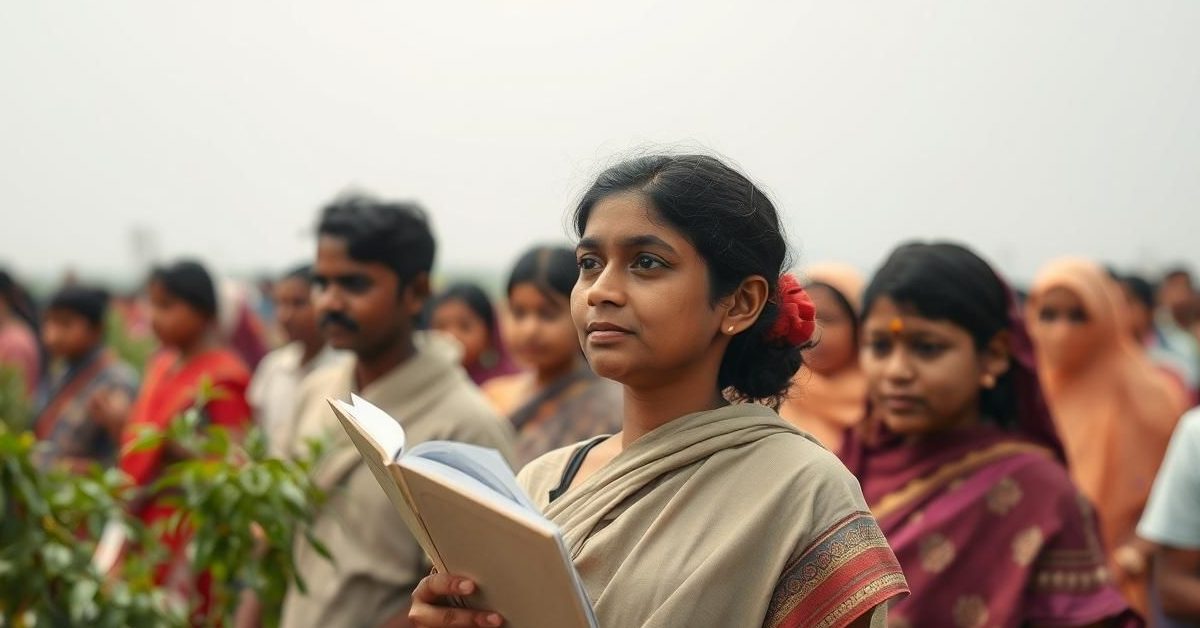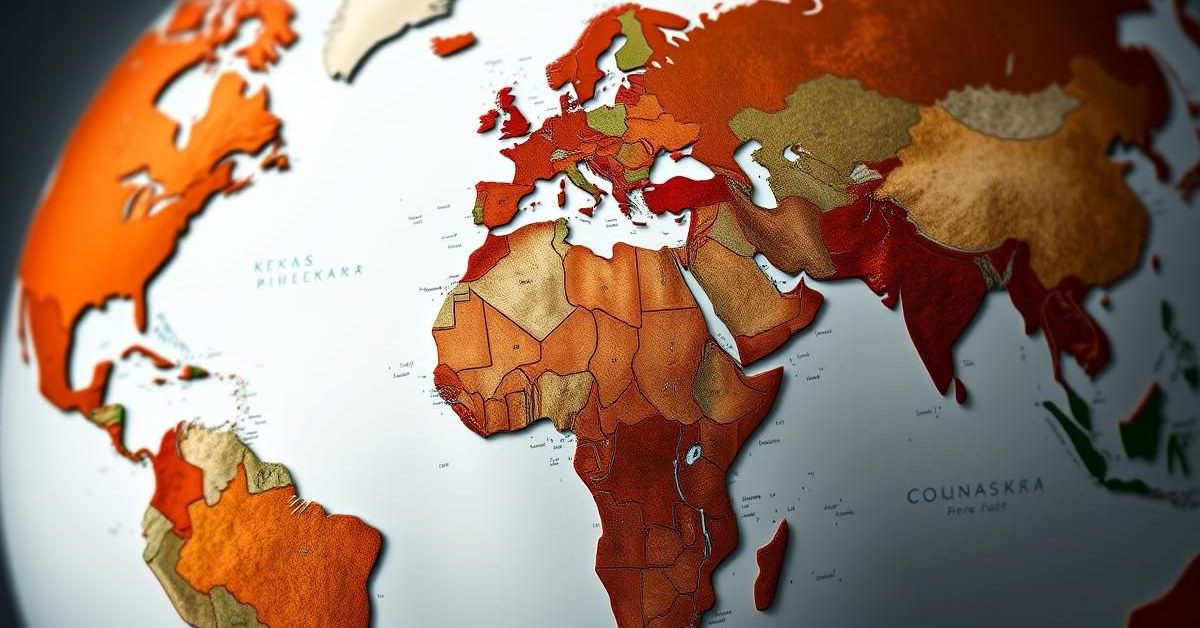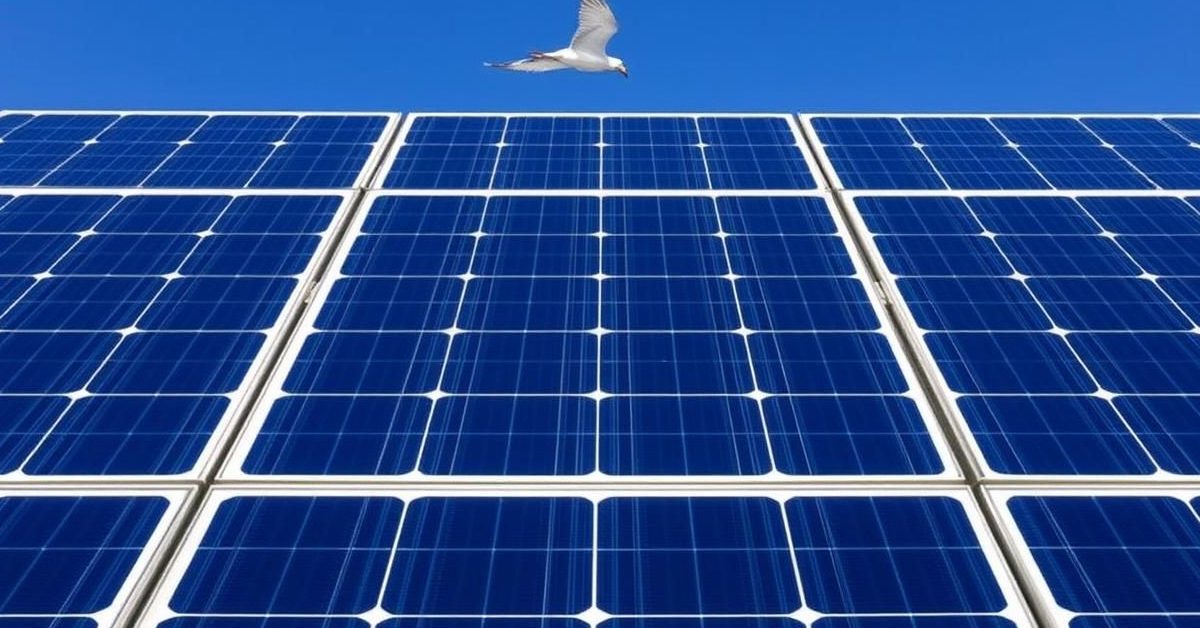India’s Firm Stance on Terrorism at Quad Meeting
In a powerful address at the first Quad foreign ministers’ gathering since the impactful “Operation Sindoor” in May, India’s External Affairs Minister, S. Jaishankar, delivered a resounding message. He underscored India’s unequivocal right to defend its citizens against terrorism, asserting that the nation would indeed exercise this right. The expectation, he emphasized, is for Quad partners to fully comprehend and endorse this critical position.
This strong statement comes on the heels of recent tragic events, including a terror attack in Pahalgam that claimed 26 lives in April, followed by India’s decisive “Operation Sindoor” on May 7th, targeting terror infrastructure across the border. This operation triggered a four-day military confrontation with Pakistan, highlighting the volatile regional security landscape.
The Evolving Role of the Quadrilateral Security Dialogue (Quad)
The Quadrilateral Security Dialogue, or Quad, originated from a shared humanitarian spirit. Following the devastating Indian Ocean tsunami in December 2004, India, Japan, Australia, and the United States informally banded together for disaster relief. This initial collaboration laid the groundwork for what Japanese Prime Minister Shinzo Abe later formalized as the Quad in 2007.
Initially hampered by internal disagreements and accusations of being merely an anti-China bloc, the nascent group struggled with cohesion. However, facing the resurgent Chinese challenge, the Quad was revitalized in 2017 with broadened objectives. Its significance deepened in 2020 when Australia joined the trilateral India-US-Japan Malabar naval exercises, marking the first joint military drills among the four nations in over a decade.
Today, the Quad’s primary focus extends beyond traditional maritime security. It encompasses critical global challenges like climate change, fostering investment ecosystems within the Indo-Pacific, and accelerating technological innovation. During the 2020-21 COVID-19 crisis, the grouping demonstrated its collaborative power through significant vaccine diplomacy efforts. Furthermore, discussions are underway for a “Quad Plus” expansion, potentially including nations like South Korea, New Zealand, and Vietnam, signaling a broader regional vision.
During the recent Washington D.C. meeting, Jaishankar described the discussions as “very productive,” aiming to make the Quad more “focused and impactful” on contemporary issues. US Secretary of State Marco Rubio highlighted the Quad’s importance in diversifying global supply chains, particularly for critical minerals, from raw material access to processing capabilities. India’s strategic and security concerns, especially regarding terrorism and regional stability, continue to shape its robust engagement with these key partners.
Free Speech Under Threat? Karnataka’s Controversial Fake News Bill
A new piece of legislation from the Karnataka government, the Mis-Information and Fake News (Prohibition) Bill, 2025, is sparking widespread alarm, raising serious questions about the future of free speech in India. With sweeping definitions of “fake news” and draconian penalties, critics fear it’s a dangerous overreach of state power.
The Bill proposes a maximum seven-year jail term and a hefty Rs 10 lakh fine for social media users found guilty of posting “fake news.” What constitutes fake news, however, is defined in disturbingly broad terms, extending to content deemed “anti-feminism” or showing “disrespect of Sanatan symbols and beliefs.” It even tasks an official “Authority” with ensuring “only those content(s) are posted on the social media platform which are based on authentic research on the subjects related to science, history, religion, philosophy, literature.”
Unpacking the Bill’s Draconian Provisions
At the heart of the controversy is the “Authority” empowered to identify and label content as “fake news.” This body is chaired by the state Information & Broadcasting Minister, includes nominated legislative members, and two representatives from social media platforms, with a senior bureaucrat as Secretary. This composition raises significant concerns about political influence and the absence of judicial oversight, a critical point previously highlighted by the Bombay High Court.
The Bill’s vague definitions of “purely fabricated content” and “knowingly or recklessly making a false or inaccurate statement of fact,” coupled with its broad scope, create a chilling effect on legitimate discourse. While it exempts “opinions, religious or philosophical sermons, satire, comedy or parody or any other form of artistic expression,” what precisely constitutes “artistic expression” remains undefined, leaving it open to arbitrary interpretation.
This legislation flies in the face of crucial legal precedents. Just last September, the Bombay High Court struck down a similar “Fact Check Unit” provision within the amended Information Technology (IT) Rules, 2021, precisely because of its lack of judicial oversight. The court emphasized that such vague and overbroad terms, like “fake,” “false,” and “misleading,” directly threaten free speech by creating a “chilling effect.” The landmark 2013 ruling in Shreya Singhal v. Union of India, which struck down Section 66A of the IT Act, similarly underscored the necessity of precision in laws affecting digital speech. Critics argue that the Karnataka Bill not only ignores these vital judgments but also makes anticipatory bail inapplicable for offences under the proposed law, further intensifying fears of misuse and censorship.
Trump’s “Big Beautiful Bill”: A US Legislative Showdown
In a high-stakes legislative battle, the Republican-controlled US Senate recently passed President Donald Trump’s sweeping tax and spending legislation, a mammoth 940-page package with profound implications for the American economy and beyond. Dubbed the “One Big Beautiful Bill Act,” its narrow 51-50 passage, secured by Vice President JD Vance’s tie-breaking vote, highlights the intense political divisions gripping Washington D.C.
This legislation, building on the Trump-era 2017 Tax Cuts and Jobs Act (TCJA), seeks to make permanent its predecessor’s tax cuts for businesses and individuals. It introduces new tax breaks for overtime workers, tipped income, and senior citizens, aiming to stimulate economic growth. However, the bill also mandates tens of billions of dollars for immigration enforcement and, controversially, scraps major components of former President Joe Biden’s green-energy initiatives, signaling a significant shift in environmental policy.
Fiscal Concerns and Political Hurdles
Despite its proponents’ claims of economic benefits, the bill has drawn sharp criticism for its projected impact on the national debt. According to the nonpartisan Congressional Budget Office (CBO), the Senate’s version alone is estimated to add an additional $800 billion in debt compared to the version previously passed by the House. Critics also point to deep spending cuts to vital social safety nets like Medicaid and food assistance, along with tighter eligibility for other programs, raising concerns about the well-being of vulnerable populations.
The legislation now faces a tight vote in the House of Representatives, where Republicans hold a slim 220-212 majority. President Trump has set an ambitious July 4th Independence Day deadline, intensifying pressure on House Republicans to fall in line. Key changes were made to the latest draft, including increased cuts to Medicaid and adjustments to tax deductions for older Americans and state and local taxes (SALT). Even prominent Republican supporters like Elon Musk have voiced criticism, adding to the Trump administration’s legislative headaches. The use of the “budget reconciliation process” allowed the bill to bypass the usual 60-vote filibuster threshold in the Senate, but it also necessitates strict adherence to budgetary rules, adding another layer of complexity to its passage.
Luhansk Falls: A Pivotal Moment in the Ukraine-Russia Conflict
In a significant and somber development, Russia has announced full control over Ukraine’s eastern Luhansk region, more than three years after President Vladimir Putin initiated his full-scale invasion in February 2022. This marks the first Ukrainian region to fall entirely under sustained Russian control since the annexation of Crimea in 2014, signaling a critical shift in the ongoing conflict.
Luhansk, spanning approximately 26,700 square kilometers, is one of two areas, along with neighboring Donetsk, that constitute the Donbas region. This industrial heartland, rich in coal reserves, has been a flashpoint since 2014, when Russian-backed separatist forces began fighting Ukraine’s armed forces after the Maidan Revolution. Luhansk, historically part of the Russian empire before becoming part of the Ukrainian Soviet Socialist Republic in 1922, has long held a greater affinity for Russia due to its large Russian-speaking and ethnic Russian population.
Geopolitical Implications and International Response
In September 2022, President Putin declared Luhansk, along with parts of Donetsk, Kherson, and Zaporizhzhia, as incorporated into Russia. This move was immediately condemned as illegal by Western European states and remains largely unrecognized by the international community. Ukraine vehemently maintains that Russia’s claims are baseless and illegal, vowing never to acknowledge Russian sovereignty over these territories.
The consolidation of Russian control over Luhansk raises serious questions about the post-World War II international legal order and further challenges European security architecture, impacting NATO’s eastern strategy. The humanitarian consequences for civilians in Luhansk, who have endured years of conflict and displacement, remain dire. The broader Ukraine conflict has also had a profound influence on the global energy market, with direct implications for India’s energy security. As the conflict intensifies, international support for Ukraine continues, with the United States, under President Joe Biden, committing substantial military aid, including long-range weapon systems like HIMARS, highlighting the complex geopolitical ramifications of the situation.
The Dalai Lama’s Succession: A Spiritual and Geopolitical Battle
The institution of the Dalai Lama, the spiritual head of the Gelug school of Tibetan Buddhism, stands at a crucial juncture, with the impending message from the 14th Dalai Lama on his reincarnation stirring both spiritual anticipation and geopolitical tension. Born as Lhamo Thondup in Taktser, Tibet, in 1935, he was identified at age two as the reincarnation of the 13th Dalai Lama, Thubten Gyatso, following ancient Tibetan Buddhist traditions.
The Dalai Lama’s life has been inextricably linked with the fate of Tibet. After China’s People’s Liberation Army invaded Tibet in 1950 and crushed a Tibetan national uprising in 1959, the Dalai Lama dramatically escaped from Lhasa to India. In 1960, under Prime Minister Jawaharlal Nehru’s government, he established the Tibetan government-in-exile in McLeodganj, Dharamshala, transforming India into a sanctuary for the Tibetan diaspora.
China’s Assertions and the Future of Tibetan Buddhism
In 2011, in a historic move, the Dalai Lama formally relinquished his temporal political authority to the democratically elected leader of the Central Tibetan Administration (CTA), Penpa Tsering, ending a 368-year tradition of the Dalai Lama serving as both spiritual and political head. However, the process of identifying his reincarnation remains a flashpoint with China.
China vehemently denounces the 14th Dalai Lama as a “splittist” and a “traitor,” prohibiting public devotion towards him within Tibet. In a highly controversial move, the Chinese government in 2007 decreed that “No group or individual may carry out activities related to searching for and identifying the soul boy for the living Buddha without authorization,” institutionalizing the “Golden Urn method” for selection. This direct challenge to the Dalai Lama’s traditional authority over his own succession underscores China’s ambition to control Tibetan religious and political identity. The Dalai Lama, for his part, has consistently stated since 1969 that the decision on his reincarnation rests with the Tibetan people, Mongolians, and people of the Himalayan region, not with any government. This fundamental disagreement has significant implications for India-Tibet relations and the delicate geopolitical balance in the Himalayas.
Monsoon’s Unprecedented Early Arrival: What Drove India’s Rainfall Surge?
India witnessed a remarkable meteorological event this year: the southwest monsoon covered the entire nation by June 29th, a striking nine days ahead of its typical July 8th schedule. This rare feat, achieved only ten times since 1960, marks a significant departure from recent trends and carries profound implications for India’s agricultural backbone and water resources.
The monsoon’s early onset in Kerala on May 24th, eight days before its usual June 1st arrival, set the stage for this rapid advancement. This swift progress was not accidental but driven by a confluence of powerful atmospheric phenomena, including the active phase of the Madden-Julian Oscillation (MJO) in mid-May. The MJO, a global system of wind, cloud, and pressure that circulates around the equator, brings enhanced rainfall as it moves through its active phase, significantly boosting monsoon activity.
Decoding the Monsoon’s Accelerating Factors
The India Meteorological Department (IMD) attributes the monsoon’s accelerated journey across the subcontinent to several key factors. First, India experienced the development of five low-pressure systems across different regions in June. These areas of lower atmospheric pressure effectively draw in moisture-laden winds, intensifying rainfall.
Second, the MJO continued its active phase into June. This phenomenon consistently channeled moisture-rich air towards the south of India, which was then swept northward by monsoon winds, leading to widespread and enhanced precipitation. Third, the positioning of the monsoon trough—an elongated low-pressure area stretching from northwest India to the Bay of Bengal—played a crucial role. Its southern alignment during June effectively pulled in moist air, facilitating the early spread of the monsoon.
Crucially, both the El Niño-Southern Oscillation (ENSO) and the Indian Ocean Dipole (IOD) were in their neutral phases during June. While El Niño typically suppresses monsoon rainfall and a negative IOD causes less rainfall, their neutral state ensured minimal negative impact, allowing the other favorable factors to dominate. The result was an all-India average rainfall of 180 mm in June, quantitatively 9% above normal, successfully breaking the deficit rainfall trend observed since 2022. Central India, in particular, saw a significant 24.8% above-normal rainfall, receiving 212.6 mm, marking a positive trend unseen since 2022. While some states like Arunachal Pradesh, Assam, and Delhi still experienced below-normal rainfall, this early national coverage stands as a testament to the complex interplay of global and regional climatic drivers.
India’s Ambitious Push: The Employment-Linked Incentive (ELI) Scheme
In a decisive move to bolster formal job creation, particularly within the manufacturing sector, the Union Cabinet recently gave its nod to the Employment-Linked Incentive (ELI) scheme. Announced during the Union Budget 2024-25, this ambitious initiative, with a substantial outlay of Rs 99,446 crore, aims to generate an astounding 3.5 crore jobs over the next two years, signaling a robust commitment to employment generation.
Chaired by Prime Minister Narendra Modi, the Cabinet approved the ELI scheme to “support employment generation, enhance employability and social security across all sectors, with special focus on the manufacturing sector,” according to an official statement. Information & Broadcasting Minister Ashwini Vaishnaw elaborated that the scheme is bifurcated into two crucial components: Part A, designed for first-time employees entering the formal workforce, and Part B, incentivizing employers to create sustained additional employment.
Incentivizing Formal Employment and Skill Development
Part A of the ELI scheme targets first-time employees registered with the Employees’ Provident Fund Organisation (EPFO). These individuals, earning up to Rs 15,000, will receive a wage subsidy equivalent to one month’s EPF wage, disbursed in two installments. The first payment arrives after six months of service, with the second following twelve months, contingent upon the employee completing a financial literacy program. Crucially, a portion of this incentive will be channeled into a fixed-period savings instrument, encouraging long-term financial prudence.
Part B focuses on broader job creation across all sectors, with a strong emphasis on manufacturing. Employers stand to receive incentives of up to Rs 3,000 per month for two years for each additional employee with sustained employment of at least six months, provided their salary is up to Rs 1 lakh. For the manufacturing sector, these incentives extend to the third and fourth years, underscoring the government’s strategic intent to boost this critical segment. The incentive structure is tiered: Rs 1,000 for employees with EPF wages up to Rs 10,000, Rs 2,000 for those between Rs 10,000 and Rs 20,000, and Rs 3,000 for wages over Rs 20,000 (up to Rs 1 lakh). To qualify, EPFO-registered establishments must hire at least two additional employees (for firms with fewer than 50 staff) or five additional employees (for firms with 50+ staff) on a sustained basis. All payments under Part A will be processed via Direct Benefit Transfer (DBT), while Part B incentives will go directly to employers’ PAN-linked accounts. This scheme, first unveiled by Finance Minister Nirmala Sitharaman in Budget 2024-25, is a cornerstone of the Prime Minister’s Package for Employment and Skilling, designed to formalize India’s vast labor force and improve job quality.
The India Energy Stack: Powering a Digital Future for Energy
Imagine a future where your rooftop solar panels seamlessly trade excess power with your neighbor, or where every aspect of India’s vast electricity grid operates with unprecedented transparency and efficiency. This vision is rapidly taking shape with the proposed India Energy Stack (IES), an initiative poised to become a “UPI moment” for the nation’s power sector, replicating the success of Aadhaar for identity and UPI for finance.
The IES aims to digitally integrate India’s highly fragmented power ecosystem, from giant power producers and intricate grid operators to individual consumers, energy exchanges, and regulatory bodies. By creating a standardized, interoperable digital infrastructure, the IES promises to unlock an entirely new energy ecosystem. This includes the flourishing of energy fintech solutions, the emergence of virtual power plants, and the widespread adoption of peer-to-peer energy trading. It will also facilitate smoother compliance with carbon offsetting goals, propelling India towards its green energy ambitions.
Unifying a Fragmented Power Landscape
The Ministry of Power, recognizing the need for this transformation, has constituted a 17-member task force, with Infosys co-founder Nandan Nilekani as its chief mentor. This powerhouse committee is charged with designing and charting a roadmap for the nationwide rollout of the IES, a multi-year endeavor. The urgency stems from the inherent fragmentation of India’s power sector, where electricity is a concurrent subject, leading to “isolated digital islands rather than an integrated national platform.”
This fragmentation presents four critical challenges that the IES seeks to address: the lack of unique identifiers for energy consumers, assets, or stakeholders; the impediment to decision-making due to a dearth of harmonized, real-time data; the difficulty for new solution providers to scale due to reliance on proprietary digital platforms; and crucially, the absence of interoperability between digital systems, hindering cross-regional data sharing and transactions across different distribution companies (DISCOMs).
Beyond addressing these challenges, the IES offers transformative possibilities. Consumers, or “prosumers” who generate their own power, could instantly buy surplus energy for storage or sell their rooftop solar output at peak prices, gaining unprecedented control over their energy assets. Grid operators would achieve far greater precision in load-balancing and dispatch decisions, while energy producers could reduce curtailment and track carbon offsets with transparent performance data. The core of IES’s utility lies in its ability to maintain data integrity, streamline processes, and standardize settlements across the board, with the Utility Intelligence Platform (UIP) serving as a primary application layer built upon this groundbreaking digital foundation.
Digital India: A Decade of Transformation and Empowerment
Ten years ago, Prime Minister Narendra Modi launched the ambitious ‘Digital India’ program with a bold vision: to transform the nation into a digitally empowered society and a thriving knowledge economy. Today, as the program celebrates a decade of relentless progress, PM Modi proudly declares it has evolved from a mere governance scheme into a true “people’s movement,” profoundly impacting the lives of millions across the country.
The scale of this digital revolution is staggering. India’s 5G rollout, for instance, stands as one of the fastest globally, boasting 4.81 lakh base stations installed in just two years. This has extended high-speed internet connectivity not only to bustling urban centers but also to remote and strategically vital locations like Galwan, Siachen, and Ladakh, bridging previously insurmountable digital divides.
Milestones in Digital Governance and Economic Growth
Digital India’s success is evident in its burgeoning digital public infrastructure. The Open Network for Digital Commerce (ONDC), a government-backed initiative aimed at democratizing e-commerce, recently surpassed 200 million transactions, with half of those achieved in just the last six months alone. Similarly, the Government e-Marketplace (GeM) has seen remarkable growth, crossing Rs 1 lakh crore in Gross Merchandise Value (GMV) in a mere 50 days. This platform supports 2.2 million sellers, including over 1.8 lakh women-led MSMEs, who have fulfilled orders worth Rs 46,000 crore, fostering inclusive economic growth.
Further solidifying India’s position as a global digital leader, the $1.2 billion India AI Mission is making advanced computing accessible and affordable. By enabling access to 34,000 GPUs at globally unmatched prices (less than $1/GPU hour), India is not only becoming the most affordable internet economy but also the most cost-effective compute destination. These initiatives, along with successes like UPI, DigiLocker, and CoWIN, have fundamentally transformed citizen-government interactions, promoting greater transparency, reducing corruption, and empowering individuals through accessible digital services. According to the Indian Council for Research on International Economic Relations (ICRIER), India now ranks third globally in economic digitalization, underscoring its clear focus on achieving the “Viksit Bharat” (Developed India) goal by 2047, driven by digital empowerment, skill development, and social welfare.














